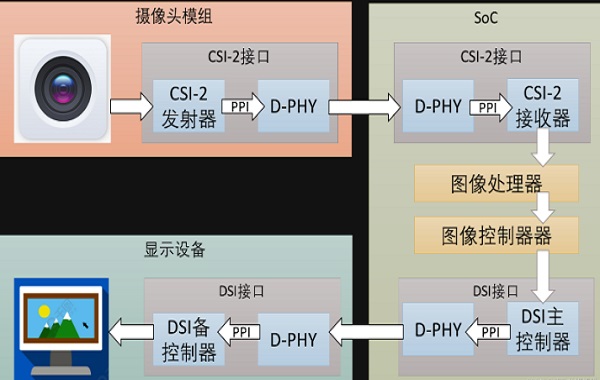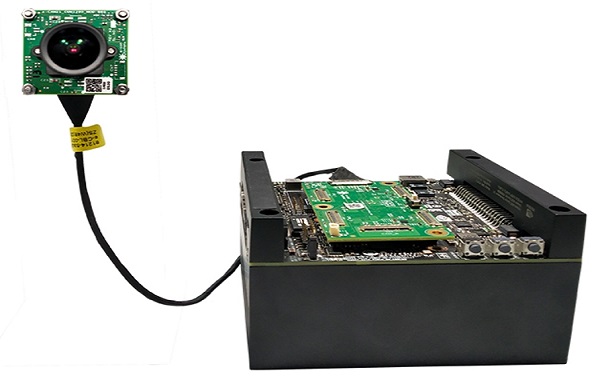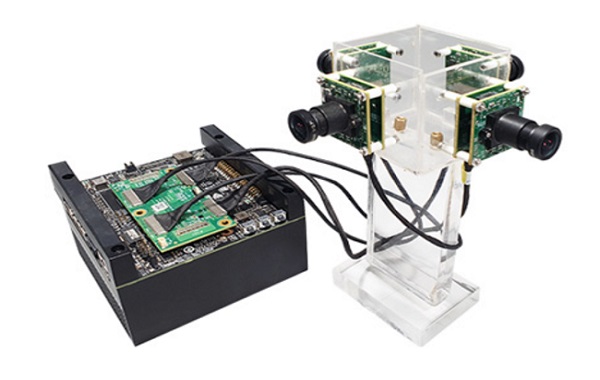In high-speed image transmission and mobile device design, MIPI (Mobile Industry Processor Interface) has become a mainstream interface, especially MIPI CSI (Camera Serial Interface) and MIPI DSI (Display Serial Interface). With the continuous increase in resolution and refresh rate, MIPI links have higher requirements for transmission cables. Micro coaxial cables, due to their excellent electrical performance, low loss characteristics, and flexible structure, are gradually becoming the preferred transmission medium for engineers in miniaturized and high-speed applications.

Why does MIPI require extremely thin coaxial cable bundles?
MIPI signal transmission rates are usually between several hundred Mbps and several Gbps, with extremely high requirements for bandwidth and signal integrity. Although traditional FPC or twisted pair cables are available in some cases, they are prone to limitations in long-distance, high-speed transmission, and EMI control. The advantages of extremely thin coaxial cable bundles include:
Good impedance consistency - precise manufacturing ensures 85Ω or 100Ω impedance control, reducing signal reflection and transmission loss.
Low crosstalk and low attenuation — the independent shielding structure significantly reduces interference between adjacent channels, improving signal quality.
High flexibility and small volume - capable of meeting the wiring needs of miniaturized and lightweight equipment such as smartphones, tablets, and industrial cameras.

The key parameters for selecting a very fine coaxial cable bundle
Impedance matching: Differential impedance must be maintained within the standard range, usually 85Ω±10%, to ensure MIPI signal integrity.
Insertion loss: Excessive loss in high-speed links can lead to closed eye diagrams, affecting data transmission quality.
3. Bend Performance: In flexible applications, cables need to support small-radius bending while maintaining electrical performance.
4. Shielding effect: High-resolution cameras and high refresh rate screens have high requirements for EMI suppression, with shielding layer design being crucial.
5. Process compatibility: The connector and harness welding or crimping process must match to avoid poor contact causing signal attenuation.

Application Examples
In smartphones, front and rear camera data is transmitted through MIPI CSI, usually using extremely thin coaxial cables with a wire diameter of 0.2mm to 0.4mm, which ensures high-speed transmission while adapting to limited space layouts. In industrial vision systems, the MIPI D-PHY or C-PHY interface combined with extremely thin coaxial cables can achieve low-error transmission of 4K, 8K high-definition images, which is particularly important for automated detection and AI recognition. To select the appropriate extremely thin coaxial cables for MIPI interfaces, it is necessary to consider factors such as impedance, attenuation, flexibility, and shielding to ensure the stability and efficiency of the high-speed signal chain.

The extremely fine coaxial cable束 plays a crucial role in the high-speed signal link of MIPI CSI/DSI, and its excellent impedance control, low attenuation characteristics, and flexible structure are important factors in ensuring the quality of image transmission and the reliability of equipment. Engineers need to consider both electrical performance and process compatibility when selecting types to ensure the stable operation of the high-speed link in miniaturization and high-density layouts.
I amSuzhou Huichengyuan Electronic Technology Co., Ltd.,Long-term focus on the design and customization of high-speed signal cable harnesses and ultra-fine coaxial cable harnesses, committed to providing customers with stable and reliable high-speed interconnection solutions. For technical consultation or more information, please contact:Manager Yin 18913280527 (WeChat number the same)。



